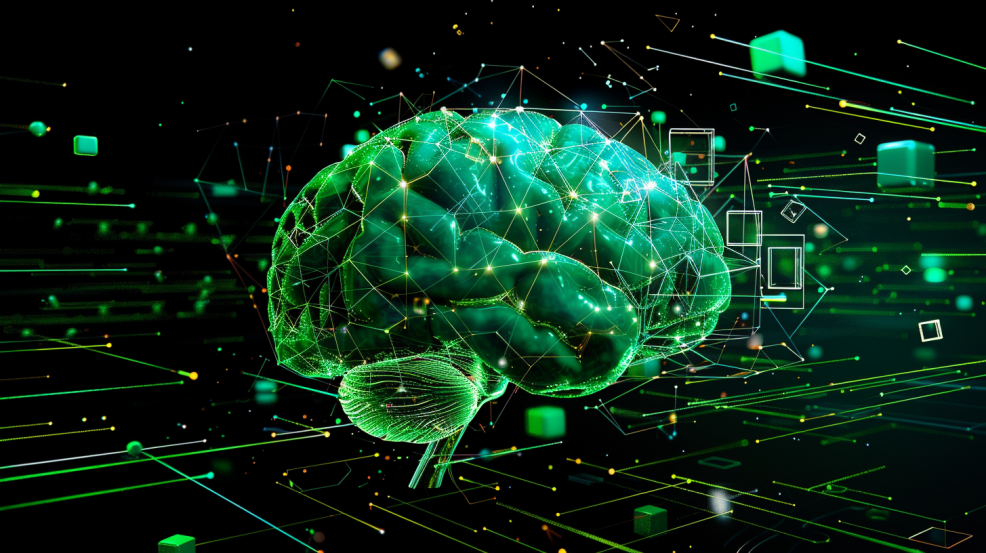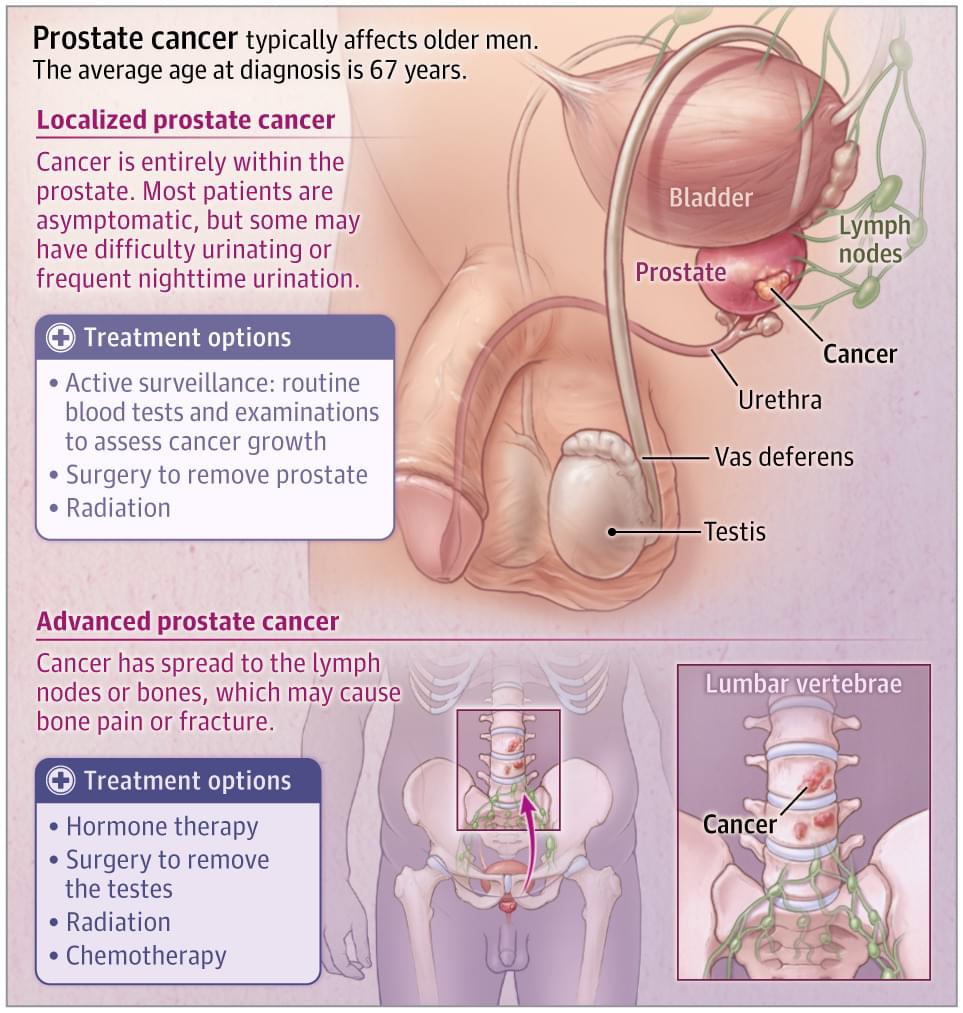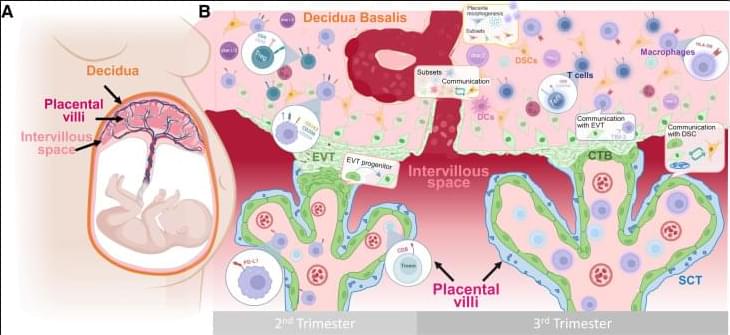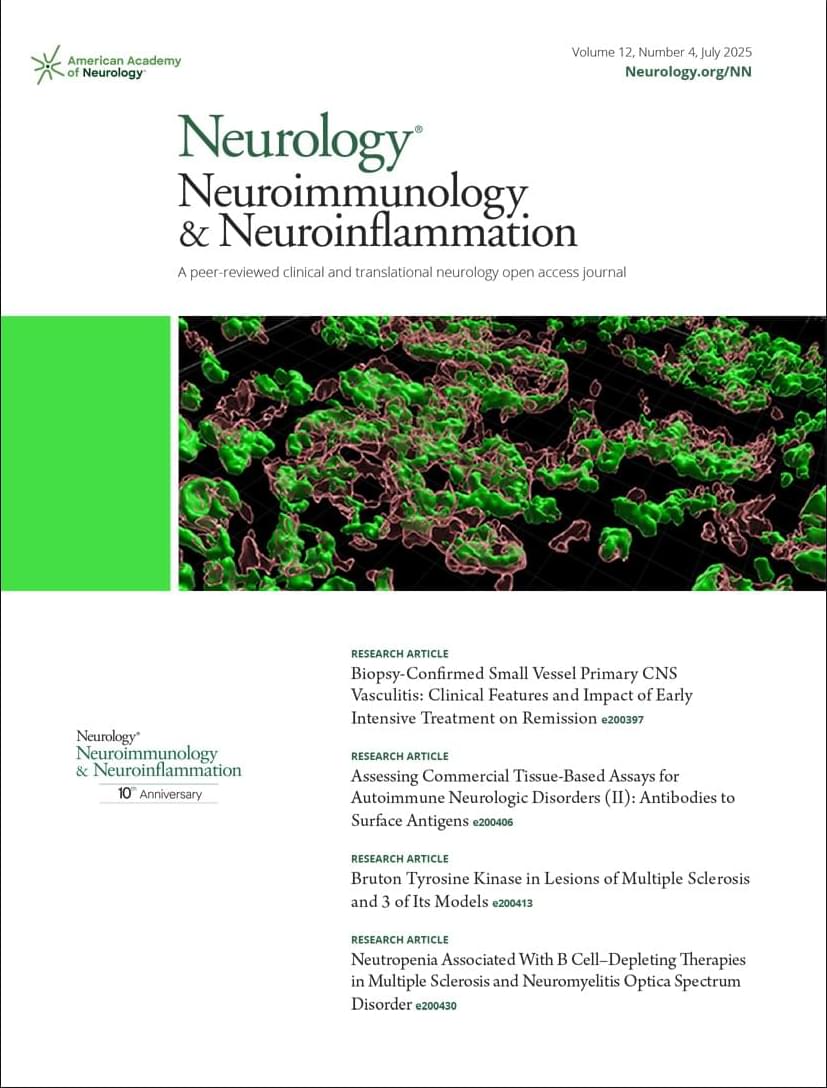The Pacific island nation of Tuvalu could be submerged in 25 years due to rising sea levels, so a plan is being implemented to relocate its population to Australia.





Researchers at UT Southwestern Medical Center have discovered how a hormone interacts with a receptor on the surface of immune cells to shield cancer cells from the body’s natural defenses.
The findings, published in Nature Immunology, could lead to new immunotherapy approaches for treating cancer as well as potential treatments for inflammatory disorders and neurologic diseases.
“Myeloid cells are among the first group of immune cells recruited to tumors, but very quickly these tumor-fighting cells turn into tumor-supporting cells. Our study suggests that receptors on these myeloid cells get stimulated by this hormone and end up suppressing the immune system,” said Cheng Cheng “Alec” Zhang, Ph.D., Professor of Physiology and a member of the Harold C. Simmons Comprehensive Cancer Center at UT Southwestern. Dr. Zhang co-led the study with first author Xing Yang, Ph.D., a postdoctoral researcher in the Zhang Lab.


The maternal-fetal interface represents a critical site of immunological interactions that can greatly influence pregnancy outcomes. The unique cellular composition and cell-cell interactions taking place within these tissues has spurred substantial research efforts focused on the maternal-fetal interface. With the recent advent of single-cell technologies, multiple investigators have applied such methods to gain an unprecedented level of insight into maternal-fetal communication. Here, we provide an overview of the dynamic cellular composition and cell-cell communications at the maternal-fetal interface as reported by single-cell investigations.
Questions to inspire discussion.
🛻 Q: How did the Cybertruck perform in safety tests? A: The Cybertruck received a 5-star rating from NITSA, achieving the lowest overall probability of injury and lowest chance of rollover ever for a tested pickup truck.
🤖 Q: What role do humanoid robots play in Tesla’s future valuation? A: Tesla’s humanoid robots at massive scale are considered a key factor in reaching a potential $20 trillion valuation, according to Elon Musk’s modeled scenarios.
Expansion of Autonomous Services.
🚕 Q: What are Tesla’s plans for robotaxi service in San Francisco? A: Tesla plans to launch a robotaxi service in San Francisco this weekend, with drivers in the driver’s seat to collect data for regulatory approval.
📊 Q: How quickly is Tesla expanding its robotaxi service in Austin? A: Tesla’s autonomous vehicles have collected thousands of intervention-free drives in Austin, with robotaxis expanding their service area in less than 3 weeks after launch.

TOI Tech Desk’s news coverage spans a wide spectrum across gadget launches, gadget reviews, trends, in-depth analysis, exclusive reports and breaking stories that impact technology and the digital universe. Be it how-tos or the latest happenings in AI, cybersecurity, personal gadgets, platforms like WhatsApp, Instagram, Facebook and more; TOI Tech Desk brings the news with accuracy and authenticity.

In contemporary artificial intelligence, transformers are everywhere, changing the way we do everything from natural language processing to computer vision. People have rushed to play with GPT-4 and other AI text models built on top of Transformer architectures because the machines are capable of solving problems they previously couldn’t, riffing stories, code or poetry, creating images from sentences, even speaking like Turing test-worthy humans. But as artificial intelligence improves, researchers have found that a grid-based or sequential approach to data has increasingly stringent constraints. And there’s a new AI technology that holds the potential of unraveling the mysteries that our complex and interconnected world holds around us: Graph Neural Networks (GNNs).
